Course No. 2417 | Lecturer: Leo Damrosch, Ph.D. | + PDF Guidebook + AUDIOBOOK
Thousands of novels are published around the world every year. There are so many readily available, it would take multiple lifetimes for a single person to even read a fraction of them. But it hasn’t always been that way.
While humans have always been storytellers, the novel as we recognize it today is a relatively new art form in the timeline of human culture. Of all the ways we tell stories, why has the novel become such a perennial favorite? How did the novel go from a narrative experiment with a low-brow reputation to a cultural touchstone and focal point of modern literature?
In the 24 lectures of Rise of the Novel, you will take a journey from the birth of the novel to the height of the form in the mid-19th century—and better understand what this literary form can tell us about human nature and our unquenchable thirst for great stories. With Professor Emeritus Leo Damrosch of Harvard University as your guide, you will dive into some of the most notable works that helped create and shape the novel over the course of more than three centuries, looking at the social and historical influences that coincided with shifts in literary taste along the way.
Beginning with Don Quixote—held up by many scholars as the foundational text from which the novel form would spring—Professor Damrosch will lead you through works both tragic and comic, brief and diffuse, epic and domestic. From early works like La Princesse de Clèves and Robinson Crusoe to pinnacles of the form in the 19th century such as Emma and Middlemarch—along with a few novels that are less familiar today but well worth knowing—you will dive into works with different perspectives and intentions that have all impacted our culture in their own way.
Worlds Real and Imagined
The emergence of the novel as a popular form of entertainment reflects larger changes in Western society in the 16th and 17th centuries. Improved printing technology, increased literacy, the rise of the mass audience, and a greater focus on middle-class values—rather than the arcane, aristocratic codes of old—all contributed to the popularity and accessibility of literature written in vernacular prose, featuring ordinary people and their experiences. As time and tastes changed, the lofty subjects and polished verse of writers like Edmund Spenser and John Milton gave way to a larger, more diverse literature that could encapsulate many styles and perspectives.
Novels can present readers with new ideas and experimental forms, while also dealing in the eternal questions of what it means to be human. Throughout these lectures, you will engage with the works that tackle philosophical and personal dilemmas such as:
Mortality. Novels like Mary Shelley’s Frankenstein and Goethe’s Sorrows of Young Werther look at life and death in different ways, but both ask important questions about what it means to be alive.
Ethics. Many novels grapple with ethical dilemmas, though stories like Les Liaisons Dangereuses present a unique lens to consider the moral dimensions of society and how (or if) people are held accountable for the harm they can cause.
Relationships. Whether through the “light, bright, and sparkling” comedy of Jane Austen’s Pride and Prejudice or the darker tragedy of Samuel Richardson’s Clarissa, human relationships often lie at the heart of the novel.
Social issues. Fiction may be made first and foremost for entertainment, but authors like Henry Fielding, Voltaire, and Stendhal dug deep into the realities of their time to fuel both comedy and conflict in their stories as commentary on the issues of their day.
The novel also opened the door for writers to get published, who otherwise would have been shut out from the possibility of being successful authors, previously having been limited by not having the means to get an expensive education or to gain patronage from a wealthy supporter. Literature in the form of a novel could be written by just about anyone, allowing for writers from poor and working-class backgrounds as well as women and non-white writers to have a chance at success. As with any innovation that upsets the status quo, not everyone in society was thrilled about the egalitarian dimensions of this “novel” approach to literature. Much like television in the mid-20th century, many people held the novel in contempt as low-rent entertainment, with some people even going so far as to assert that novels were morally dangerous and would corrupt young readers—particularly, impressionable young ladies. Of course, not all novels have been masterpieces, with quite a bit of forgettable writing—and just plain bad writing—making its way into the world. But as Professor Damrosch demonstrates, the impact of the novel has been revolutionary and the world as we know it today would be very different without it.
The Art of the Novel
While novels have many features in common, each is also a unique experience that uses different tools to create a variety of sensations and reactions in readers. Throughout this course, you will see how authors must make choices to achieve their visions, comparing and contrasting such elements as:
Comic vs. Tragic. While novels can be classified in many genres and styles, broadly speaking they often fall into one of two categories of tone: the comic and the tragic. Authors often specialized in one or the other, though the line between tragedy and comedy is not always as clear-cut as it may seem, as the satirical work of writers like Jonathan Swift and Voltaire demonstrate.
First Person vs. Third Person. The perspective of a story can create different connections between readers and the story. And many options exist within this binary, including first-person singular novels, epistolary novels with multiple points of view, omniscient third-person narrators, free indirect discourse, and more. Understanding the effect of perspective can help you understand what the author hopes to convey and can enhance the imaginative impact of the story.
Verisimilitude vs. Realism. Both of these elements help readers suspend disbelief and lose themselves in a story. Verisimilitude is concerned with believability within the story itself—does it make sense in the world of the novel, even if it’s too coincidental for the real world? Realism, on the other hand, seeks to capture reality as we know it and imbues the story with a sense of grit and true experience.
With Professor Damrosch’s guidance, you will better understand how these and other tools help authors tell their stories in ways that engage readers’ sympathies, guide their judgments, and help us become immersed in the events as they unfold, all in ways that are fundamentally different from other forms of fiction writing.
Novels as a Pastime and a Pleasure
The novel allowed many writers to use their work to explore the human condition, advocate for change, and even reshape society. But the entertainment value of the novel—the joy and companionship it can bring to readers—can’t be undersold. It is the novel, after all, that transformed reading into a pastime and a pleasure, not just a tool for learning or a sign of class status.
Jane Austen, now recognized as one of the greatest authors of the English language, once felt the need to defend novels from the moral judgments of authors and critics who felt they were too light, too trashy, and too popular to be “real” literature. In an impassioned defense of the form in her own satirical novel Northanger Abbey, Austen takes the naysayers to task with her trademark wit:
“From pride, ignorance, or fashion, our foes are almost as many as our readers and while the abilities of the nine hundredth abridger of the History of England, or of the man who collects and publishes in a volume some dozen lines of Milton, Pope, and Prior, with a paper from the Spectator, and a chapter from Sterne, are eulogized by a thousand pens—there seems almost a general wish of decrying the capacity and undervaluing the labour [sic] of the novelist, and of slighting the performances which have only genius, wit, and taste to recommend them.“
Austen’s sharp words are a refutation of a fashionable disdain many held toward novels that we may find strange now, when entire fields of study are devoted to the literary merits and intellectual impact of the novel. Had she been able to see into the future, she would surely be delighted to know that novels, her own included, have earned the respect they deserve. And she would be glad that they continue to entertain and enrich the lives of the millions of readers who engage with them every day, across the world.
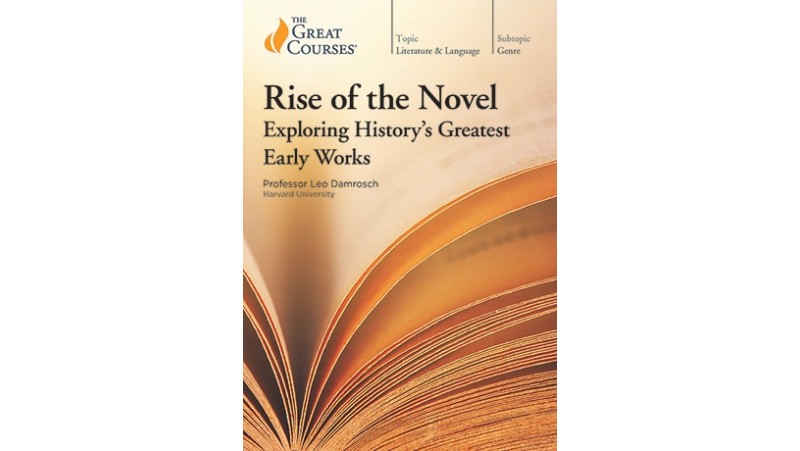


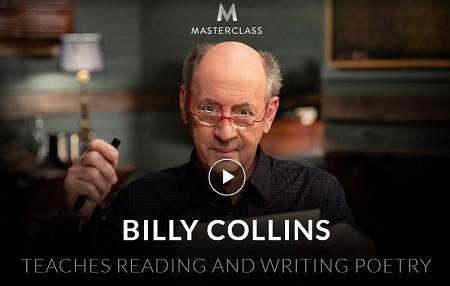
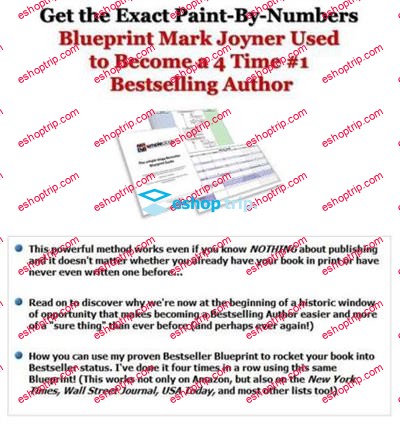
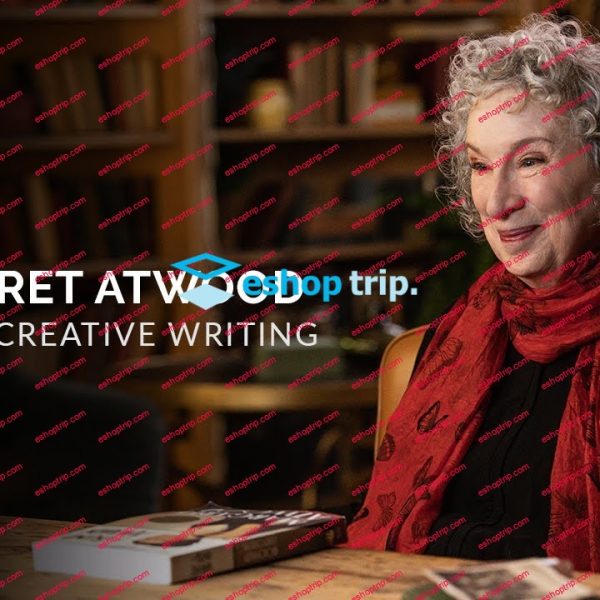




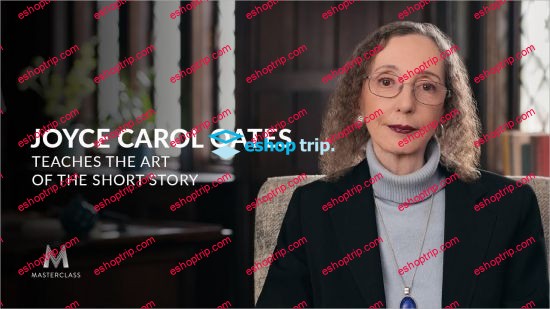
Reviews
There are no reviews yet.